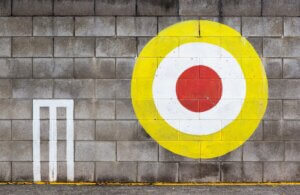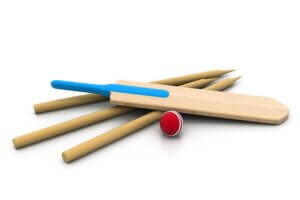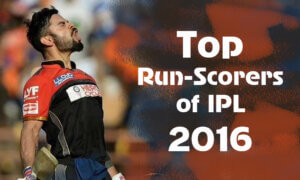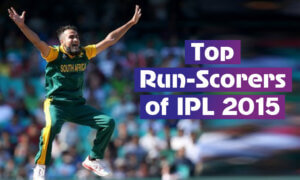Batsmen with the Slowest Half-Centuries in Test Cricket History
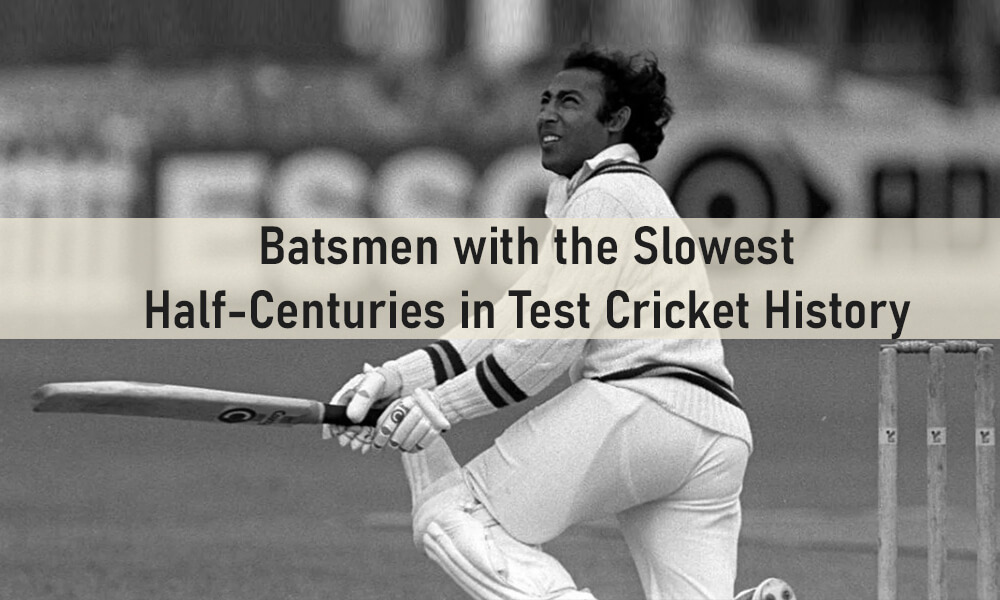
During times when their team has been put in a spot of bother by the opposition, these batsmen have displayed the utmost resilience and grit to wear out the opposition bowlers.
Below, we’ve put together a list of 5 Test innings in which the batsman has gone on to score off the slowest fifties in Test cricket in an attempt to wear out the opposition and to salvage a result when their team has been put under pressure.
1Contents
1) Trevor Bailey (England) – 350 Balls:
n 1958, on a Brisbane wicket where batting was incredibly difficult, Trevor Bailey showed utmost concentration and resilience by scoring the slowest 50 in Tests. During the 357 minutes (5 hours 57 minutes) that Bailey spent on the batting crease, he reached the 50-run milestone after facing 350 balls from the Australian opposition.
Contents
Despite his valiant effort, England lost this Test match against their arch-rivals, Australia. Coincidentally, this was the first Test match to be played in Australia that was broadcast on television sets around the world.
2) Allan Bord2) Allan Border (Australia) – 262 Balls:
former Australian captain Allan Border is widely known for his flamboyant batting but did you know that Allan Border has scored the second slowest 50 in Tests in the history of Test cricket. Against the West Indies, Allan Border showed great resolute determination to score 75 runs off 330 balls.
During this innings, he reached the 50-run milestone after facing 262 balls at a strike rate of around 22. All the more reason that this inning is considered to be so impressive is the fact that the West Indies bowling comprised of the likes of Malcolm Marshall, Curtly Ambrose, and Courtney Walsh, a bowling trio that is considered one of the most lethal of all times.
3) Evan Gray (N3) Evan Gray (New Zealand) – 238 Balls:
href="https://www.cric-life.com/article/history-of-cricket-in-new-zealand/" target="_blank" rel="noopener">New Zealand was known for his bowling abilities and has only half-century in Test match cricket to his name. In 1986 in a Test match against England at Nottingham, Gray showed great resilience and faced 238 balls to score his fifty as the lower order of New Zealand frustrated the English bowlers.
4) Chris Tavare (4) Chris Tavare (England) – 236 Balls:
eccable batting technique and his ability to score runs at will, Englishman Chris Tavare was a phenomenal batsman who dominated bowlers throughout the 1980s. However, in a Test match against Pakistan, England was forced to follow on after being dismissed cheaply in the first innings.
4) Chris Tavare (England) – 236 Balls:
eccable batting technique and his ability to score runs at will, Englishman Chris Tavare was a phenomenal batsman who dominated bowlers throughout the 1980s. However, in a Test match against Pakistan, England was forced to follow on after being dismissed cheaply in the first innings.It was during this match that Chris Tavare showed great resilience and scored an invaluable 82 runs in the second innings. It took the English opener 236 balls to reach the fifty milestones and is the fourth slowest 50 in Tests in the history of the game.
5) Peter May (Austr5) Peter May (Australia) – 235 Balls:
f="https://www.cric-life.com/article/history-of-cricket-in-australia/" target="_blank" rel="noopener">Australia was included in the Test squad predominantly for his bowling expertise. However, in a Test match in which the entire top order failed to score any runs, it was Peter May who remained unbeaten on 54 after facing 251 balls.
Coming in to bat at number 7, Peter reached the 50-run milestone after facing 235 balls. Despite his herculean effort with the bat, team Australia could not avoid defeat and lost the Test match by an innings and 188 runs.


